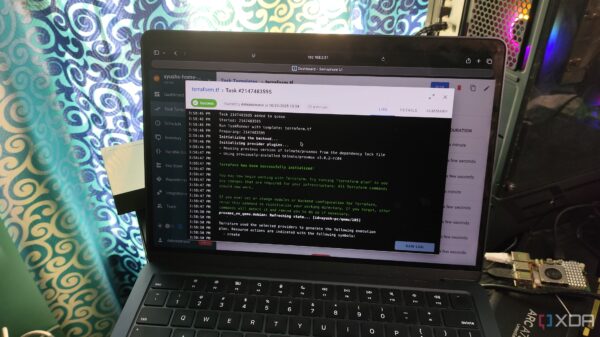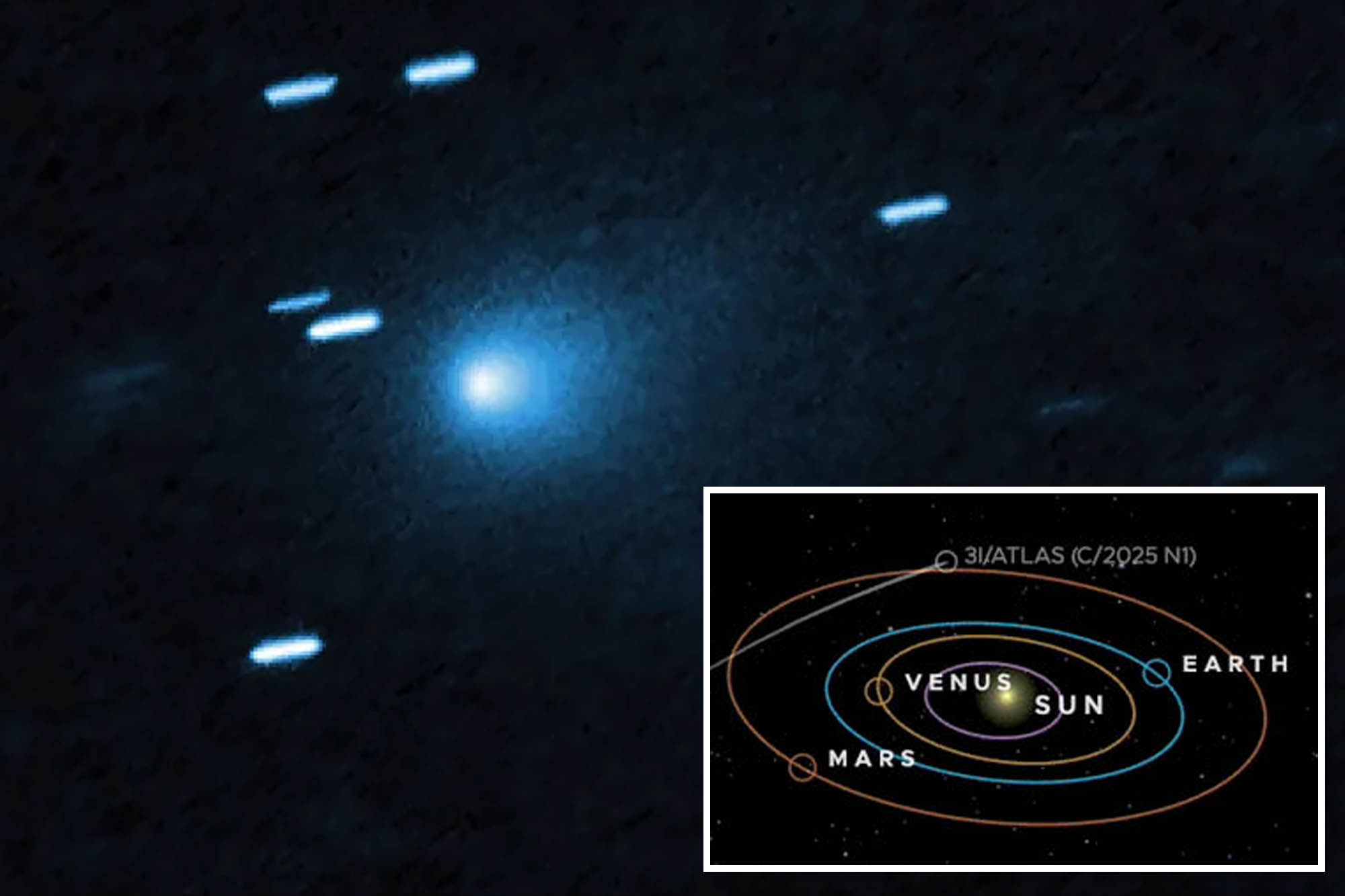The interstellar object known as 3I/ATLAS has raised eyebrows among scientists after exhibiting signs of non-gravitational acceleration and appearing significantly bluer than the Sun during its recent passage. According to Avi Loeb, an astrophysicist at Harvard University, these characteristics could suggest the presence of an artificial propulsion system. The findings, reported by NASA this week, indicate a dramatic outgassing from the object, similar to what is typically observed in comets.
Loeb’s analysis points to the possibility that the acceleration observed might not be merely gravitational in nature. In a post on Medium, he stated, “This might also explain the report on 3I/ATLAS getting ‘bluer than the Sun.’” He suggested this coloration could result from a hot engine or another source of artificial light. Nevertheless, he also acknowledged that a natural phenomenon, such as a comet’s behavior, could account for the unusual hue.
Upcoming Closest Approach
As 3I/ATLAS approaches its closest pass to Earth on December 19, 2023, expected to be about 167 million miles away, researchers are eager to gather more data. This event will provide a pivotal opportunity to determine if the object is indeed a comet or potentially an artificial craft. Loeb emphasized that if no substantial gas cloud surrounds the object during this close encounter, it could indicate the presence of a propulsion system.
While Earth-based telescopes were unable to capture direct measurements as the object passed within 172 million miles of the Sun, several solar-orbiting spacecraft successfully observed a “rapid brightening” of 3I/ATLAS. This observation confirmed that the object appeared distinctly bluer than the Sun, a finding that surprised many in the scientific community. Past observations had shown the object shifting from red to green before its recent blue appearance.
NASA’s Response and Public Concerns
In response to the excitement and speculation surrounding 3I/ATLAS, Sean Duffy, NASA’s Acting Administrator, sought to quell any fears regarding the object. He assured the public that “this is the third interstellar comet to pass through our solar system,” emphasizing there is “no threat to life here on Earth.” His remarks came after a question from reality TV personality Kim Kardashian, indicating the public’s interest in the object’s potential implications.
Loeb criticized NASA for not releasing images taken by the Mars Reconnaissance Orbiter during its close pass to the Red Planet earlier in October. Reports suggest that these highly anticipated images will not be available until the government reopens. This delay has left many in the scientific community frustrated, as they await more information on the enigmatic interstellar visitor.
As scientists continue to analyze the data from 3I/ATLAS, the upcoming months will likely yield further insights into the nature of this extraordinary object and its implications for our understanding of interstellar phenomena.







































































